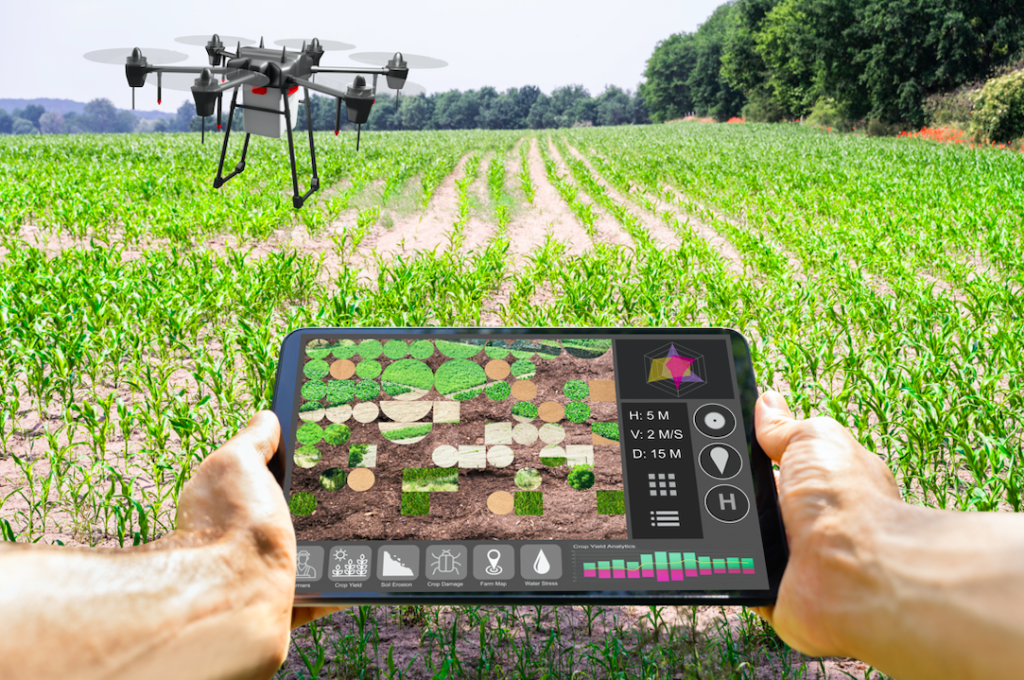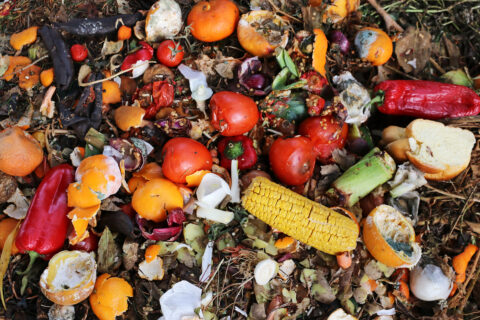BD World Food Day
The Link Between AI And Crop Health
Crops can have pandemics too. Just like the SARS-CoV-2 virus, plant pests and pathogens do not respect international borders and present a worldwide threat to food security. One-third of crop yields globally are lost to pests and diseases. Crop epidemics are difficult to diagnose, spread quickly and are hard to track in remote rural areas. Take the maize pest, fall armyworm, for example. It entered West Africa from the Americas in 2016 and reached South Africa within one year. Fall armyworm has devastated yields across sub-Saharan Africa.
Using AI to combat pests and pathogens
Artificial intelligence (AI) is being deployed to find smarter ways to combat pests and pathogens. Crop health is critical to reaching the Sustainable Development Goals (SDG), especially SDG2 – Zero Hunger. To raise global awareness, the United Nations through the Food and Agriculture Organisation designated the International Year of Plant Health in 2020 (IYPH 2020). The good news is that South African scientists, innovators and policy-makers are at the coal face in the fight against pests and pathogens, as reported in the recent public discussion forum of the National Science and Technology Forum entitled “Plant health in South Africa – threats to biosecurity, biodiversity and food security”.
Monitoring of pests and diseases is where AI is set to make a major impact on crop health. Real-time surveillance is needed to identify the disease-causing culprits, the farms affected, and how fast an epidemic is spreading. When it comes to crop health, plant pathologists are the “plant doctors”, experts in the identification of crop pests and diseases. If a farmer spots an unknown disease symptom on the crop, he calls in a plant pathologist for a diagnosis. If the disease is severe, samples are sent toa diagnostic clinic for laboratory analysis, very much like a doctor sending you for a COVID-19 test.
Artificial intelligence could bring about a revolution in crop health monitoring as instead of the “plant doctor” going to the field, we can bring the field to the “doctor”. The diagnosis would be done by a mobile app powered by AI. Anyone could take a photo of a diseased maize leaf using their phone and upload it to the cloud for automated identification by AI. This would dramatically improve the efficiency whereby plant pathologists deal with crop epidemics in real-time. They could then focus their efforts on priority outbreaks or potential threats of invasive pests and pathogens.
Applying AI’S pattern recognition ability
If artificial intelligence can recognise patterns in data, such as facial features, why not apply this to patterns of disease spots on maize leaves?
We asked this question at the University of Pretoria (UP), where the Forestry and Agricultural Biotechnology Institute (FABI) has an ongoing research programme into tree and crop health. Maize underpins food security in South Africa and yields are constantly threatened by fungal diseases of their leaves. In a recent publication, we quantified a 72 per cent yield loss from northern leaf blight disease in susceptible maize grown in South Africa. In a pilot crop health monitoring project, we focused on four maize leaf diseases with distinctive symptoms, which are often found together on the same leaf – this makes it more difficult to identify each disease.
We developed a deep learning method for automated identification of maize diseases using photos of the leaves. These diseases are widespread in farmers’ fields in the wetter and hotter regions of KwaZulu-Natal and the Eastern Cape. Fieldwork in these hotspots enabled us to create a photo collection of diseased leaves.
Plant pathologists went through these photos and classified them based on the diseases shown on the leaves. These classifications formed the “ground truth” for training a deep learning model using a method called convolutional neural networks.
This means that when shown a new photo of a diseased maize leaf, thedeep learning model can identify the disease. In other words, it has “learned” how to identify the diseases based on the initial “ground truth” photos. The artificial intelligence (AI) model identified the correct disease 75 per cent of the time.
However, the power of AI is that the more accurate data you feed the model, the better it performs at prediction. We expect the accuracy to increase to more than 90 percent.
Practical implementation
The exciting development from this research is its practical application in crop health monitoring countrywide and across the continent.
Our goal is to develop a mobile app that integrates into a larger biosecurity hub.
Such a plant health biosecurity hub is one of the programmes of Innovation Africa @UP.
There are three essential elements: a cloud-based database of plant disease sample identifications from the diagnostic clinic (35 000 samples already processed for the forestry industry with additional samples from grain crops); surveillance apps for the capture of pest and disease data and photos; and geographic information system-enabled data analysis tools powered by AI for pest and disease identification, mapping of epidemics in time and space, and prediction of future scenarios.






 Sign-up and receive the Business Media MAGS newsletter OR SA Mining newsletter straight to your inbox.
Sign-up and receive the Business Media MAGS newsletter OR SA Mining newsletter straight to your inbox.